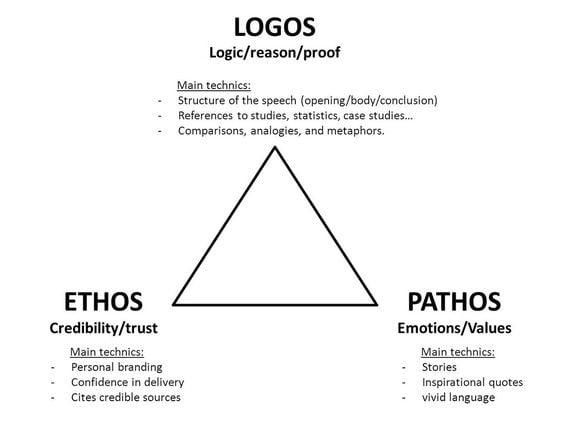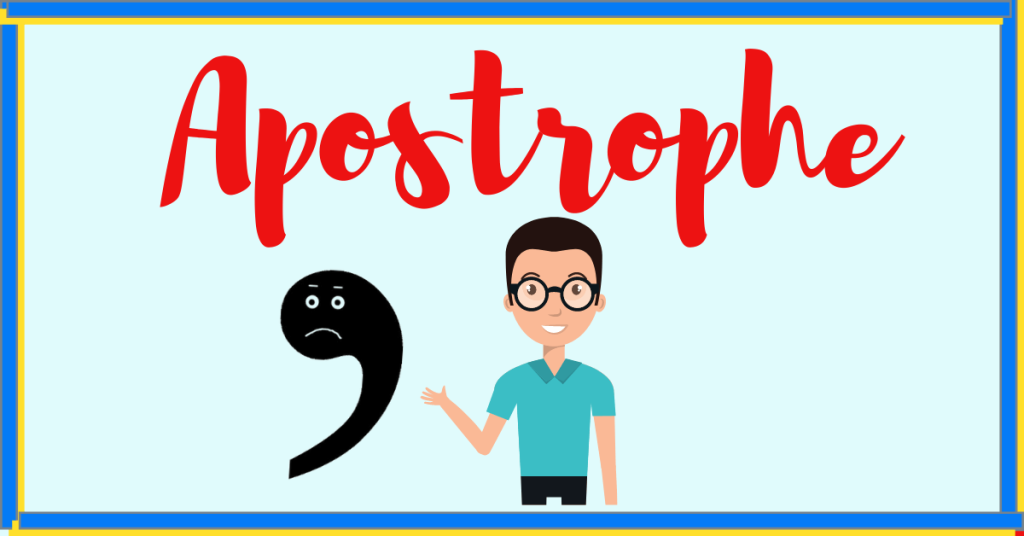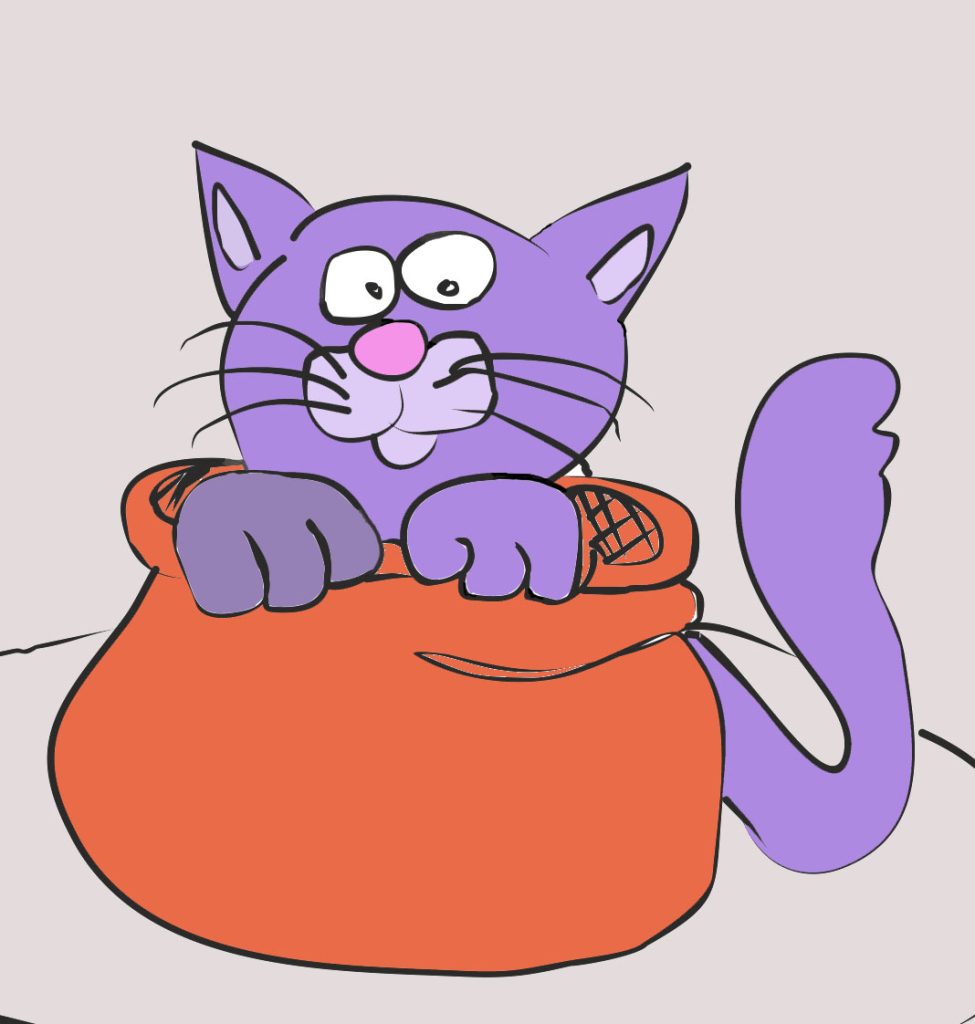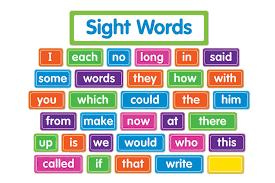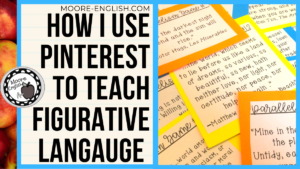Anaphora is a literary and rhetorical device in which a word or group of words appear multiple times at the start of two or more subsequent clauses or phrases. In this article, we will look at the importance of anaphora as well as some popular examples.
- What is the history of Anaphora?
- Why should you use anaphora?
- Anaphora appeals to the audience’s emotions or pathos
- What to avoid when using anaphora
- What are some examples of anaphora?
- Anaphora in speeches
- Anaphora in grammar
- Anaphora in everyday speech
- FAQS
- 2. What is the difference between an anaphora, a sympolce as well as an epistrophe?
What is the history of Anaphora?
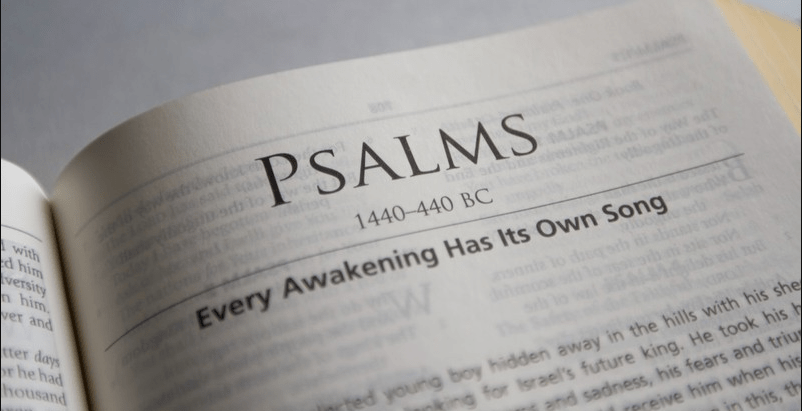
Anaphora has a long history, extending back to Biblical Psalms, where lines like “O Lord” were repeated at the start of each line of a prayer. Furthermore, the term “anaphora” comes from the Greek language, where it meant “reference” or “carrying back.”
Why should you use anaphora?
Anaphora demonstrates how simple language may be utilized in ingenious ways. Furthermore, it can act as a useful tool in both spoken and written language. People use this literary element for the following reasons:
Emphasize words
Anaphora focuses attention on the repeated words as well as those near them. This makes anaphora a popular technique to opt for while speaking, especially when the audience has a shorter attention span and no possibility of re-reading any words they’ve missed.
Make a beat

Repetition used sparingly may make a piece of writing more melodious, lilting and thus, more enjoyable to read or listen to.
Link ideas that can be compared or contrasted
The concepts that follow the consecutive repeated words might be different. Anaphora invites the listener or reader to notice the contrast more thoroughly in these circumstances.
Anaphora appeals to the audience’s emotions or pathos
The readers or listeners will anticipate the following line if you repeat a term or phrase. Additionally, it may give emphasis and forcefulness to your message, thus, evoking feelings of solidarity, anger, hope, or fear. It can also inspire others to your cause.
What to avoid when using anaphora
Anaphora may be abused to the point that the repetition becomes tedious rather than motivating. Furthermore, it dilutes their message and makes it very clear that the author or speaker is trying a bit too hard.
Thus, to get the most out of anaphora, keep track of how many times a phrase or word appears and how your writing flows. Furthermore, avoid using this method too frequently in a single speech or piece of writing.
What are some examples of anaphora?
Anaphora in literature and poetry
Many anaphora instances may be found in literature, especially poetry, where it dictates the tempo of the verse. Here are some well-known literary examples of anaphora.
https://www.youtube.com/embed/Y6cqdhaG9a0?feature=oembedLearn How to use Anaphora
1. Walt Whitman’s Out of the Cradle Endlessly Rocking

Take a look at Walt Whitman’s “Out of the Cradle Endlessly Rocking” to see how this anaphora works. Take note of the repeated usage of from the.
“From the memories of the bird that chanted to me,
From your memories sad brother, from the fitful risings and fillings, I heard,
From under that yellow half-moon late-risen and swollen as if with tears,
From those beginning notes of yearning and love there in the mist,
From the thousand responses of my heart never to cease,
From the myriad thence-arous’d words,
From the word stronger and more delicious than any,
From such as now they start the scene revisiting,”
2. William Shakespeare’s Sonnet 66

William Shakespeare‘s mastery of the anaphora method is demonstrated by the repeated use of and in “Sonnet 66.”
“Tired with all these, for restful death I cry,
As to behold desert a beggar born,
And needy nothing trimm’d in jollity,
And purest faith unhappily forsworn,
And gilded honour shamefully misplac’d,
And maiden virtue rudely strumpeted,
And right perfection wrongfully disgrac’d,
And strength by limping sway disabled
And art made tongue-tied by authority,
And folly – doctor-like – controlling skill,
And simple truth miscall’d simplicity,
And captive good attending captain ill”
3. Joe Brainard’s I Remember

The repeated use of I remember gives rhythm to Joe Brainard’s poem.
“I remember a piece of old wood with termites running around all over it the termite men found under our front porch.
I remember when one year in Tulsa by some freak of nature we were invaded by millions of grasshoppers for about three or four days.
I remember, downtown, whole sidewalk areas of solid grasshoppers.
I remember a shoe store with a big brown x-ray machine that showed up the bones in your feet bright green.”
4. The Waste Land by T. S. Eliot

T.S. Eliot makes use of and to add flow to his poem “The Waste Land.”
“A woman drew her long black hair out tight
And fiddled whisper music on those strings
And bats with baby faces in the violet light
Whistled, and beat their wings
And crawled head downward down a blackened wall
And upside down in air were towers
Tolling reminiscent bells, that kept the hours
And voices singing out of empty cisterns and exhausted wells.”
5. Allen Ginsberg’s Howl

In Howl, Allen Ginsberg employs the repeating phrase who.
“Angelheaded hipsters burning for the ancient heavenly connection to the starry dynamo in the machinery of night,
who poverty and tatters and hollow-eyed and high sat up smoking in the supernatural darkness of cold-water flats floating across the tops of cities contemplating jazz,
who bared their brains to Heaven under the El and saw Mohammedan angels staggering on tenement roofs illuminated,
who passed through universities with radiant cool eyes hallucinating Arkansas and Blake-light tragedy among the scholars of war,
who were expelled from the academies for crazy & publishing obscene odes on the windows of the skull.”
6. Charles Dickens’ A Tale of Two Cities

At the beginning of The Tale of Two Cities, Charles Dickens used anaphora.
“It was the best of times, it was the worst of times, it was the age of wisdom, it was the age of foolishness, it was the epoch of belief, it was the epoch of incredulity, it was the season of Light, it was the season of Darkness, it was the spring of hope, it was the winter of despair.”
7. J.D. Salinger’s The Catcher in the Rye

In The Catcher in the Rye, you can clearly see how Salinger emphasised the rain.
“It rained on his lousy tombstone, and it rained on the grass on his stomach. It rained all over the place.”
Anaphora in speeches
Many politicians as well as public speakers use anaphora in their speeches to make the pertinent points stand out to the audience. In this case, anaphora is used to reinforce specific ideas and make them clear and memorable to those listening.
1. The We Shall Fight Speech by Winston Churchill
Winston Churchill was well-known for his public speaking skills, and he employed a variety of rhetorical strategies, including anaphora. For instance, consider this June 1940 address to the House of Commons.
“We shall fight in France, we shall fight on the seas and oceans, we shall fight with growing confidence and growing strength in the air, we shall defend our island, whatever the cost may be, we shall fight on the beaches, we shall fight on the landing grounds, we shall fight in the fields and in the streets, we shall fight in the hills.”
2. The Second Inaugural Address of Abraham Lincoln
Abraham Lincoln was also a great public speaker. For example, he uses with in his Second Inaugural Address to the Nation.
“With malice toward none; with charity for all; with firmness in the right …”
Songs with Anaphora
When lyrics in a song are repeated, they become catchy and simple to recall. As a result, singers employ anaphora in a variety of musical genres. Check out a couple of examples to see how this works.
1. Linkin Park’s Pushing Me Away
In their song Pushing Me Away, Linkin Park makes excellent use of anaphora.
“Why I never walked away
Why I played myself this way
Now I see you’re testing me pushes me away
Why I never walked away
Why I played myself this way
Now I see you’re testing me pushes me away”
2. Katy Perry’s Firework
Katy Perry, a pop singer, also uses anaphora in her song Firework to help produce emotion.
“Do you ever feel, feel so paper-thin
Like a house of cards, one blow from caving in?
Do you ever feel already buried deep
Six feet under screams but no one seems to hear a thing
Do you know that there’s still a chance for you
‘Cause there’s a spark in you?”
3. The Police, Take Every Breath You Take
The Police also employed anaphora to add repetition to the song flawlessly.
“Every breath you take
Every move you make
Every bond you break
Every step you take
I’ll be watching you”
4. She Used to Be Mine by Sara Bareilles
This song by Sara Bareilles also uses anaphora to potray a message.
She’s imperfect, but she tries
She is good, but she lies
She is hard on herself
She is broken and won’t ask for help
She is messy, but she’s kind
She is lonely most of the time
She is all of this mixed up and baked in a beautiful pie
She is gone, but she used to be mine
Anaphora in grammar
Anaphora also has a different connotation. It is the use of a pronoun or a comparable word to refer back to a previous word or phrase in grammar. Using an anaphora in grammar, as opposed to anaphoras in literature, eliminates repetition in dialogue or writing.
Here are some instances of anaphora in grammar:
- Phil ran into his room. Here the antecedent is Phil and the anaphor is his.
- The child wanted a pony but his parents didn’t buy one for her, where the antecedent is a pony and the anaphor is one
- If you see Lucas, ask him to come home. The antecedent is Lucas, while the anaphor is him.
- If my son moves to Hawaii, I will move there too. The antecedent is Florida, while the anaphor is there
- She dropped the glass and it shattered everywhere, where the antecedent is the glass while the anaphor is it.
Anaphora in everyday speech
Anaphora sentences are also rather prevalent in everyday speech. They are used to convey aspirations or demands.
For example, a whiny child might say, “I don’t want to get out of bed. I don’t want to get dressed. I don’t want to go to school.”
FAQS
1. What are some examples of anaphora in Martin Luther King Jr.’s “I Have a Dream” speech?
Dr Martin Luther King Jr.’s “I Have a Dream” speech contains the most famous anaphora instances. King begins eight consecutive phrases with the anaphoral phrase “I had a dream.” Here are a few examples:
“I have a dream that one day even the state of Mississippi … will be transformed into an oasis of freedom and justice. I have a dream that my four little children will one day live in a nation where they will not be judged by the colour of their skin but by the content of their character. I have a dream today!”
King used anaphora to emphasise the gap between how things are and how he expects they will be. That is why MLK Jr.’s address is one of the greatest speeches of all time.
2. What is the difference between an anaphora, a sympolce as well as an epistrophe?
| Word | Definition | Examples |
| Anaphora | It is the repeating of a word or sequence of words at the start of each subsequent clause, phrase, or sentence. | The worst pandemic in a century. The worst economic crisis since the Great Depression. The worst attack on our democracy since the Civil War. —President Joe Biden, address to Congress, 29 April 2021 |
| Epistrophe | It is the opposite of anaphora. Epistrophe is the repetition at the end of successive clauses or sentences. | There are causes as I have said for everything that happens in the world. War is a part of it; education is a part of it; birth is a part of it; money is a part of it. — Clarence Darrow argued to spare Leopold and Loeb the death penalty, 1924. |
| Symploce | It combines anaphora as well as epistrophe. In symploce, one repetition stands at the beginning of a sentence as well as another at the end. | But somewhere I read of the freedom of assembly. Somewhere I read of the freedom of speech. Somewhere I read of the freedom of press. Somewhere I read that the greatness of America is the right to protest for right. Martin Luther King, Jr., Memphis, April 3, 1968. |
3. What other literary devices employ repetition?
Repetition in a line
- Antimetabole is the recurrence of words in subsequent phrases but in reverse order
For example: “I know what I like, and I like the things I know.”
- Tautology is the repeating of the same meaning in various phrases that is needless and unnecessary.
For example: “The children stand in a round circle.”
- Antanaclasis is the repeating of a word or phrase in order to achieve a new meaning.
For example: “We must all hang together, or assuredly we shall all hang separately”, by Benjamin Franklin
- Epizeuxis is the repetition of a single word with no other words in between.
For example: “Words, words, words”, from Hamlet
- The recurrence of a word, but in different locations across a paragraph is known as conduplicatio.
“And the world said, ‘Disarm, disclose, or face serious consequences—and therefore, we worked with the world, we worked to make sure that Saddam Hussein heard the message of the world”, by George W. Bush
- Mesodiplosis refers to the recurrence of a word or phrase in the midst of each clause.
For example: “We are troubled on every side, yet not distressed; we are perplexed, but not in despair; persecuted, but not forsaken; cast down, but not destroyed…”, from Second Epistle to the Corinthians
- Epanalepsis is the recurrence of the first word or words of a phrase or sentence at the conclusion.
For example: “The king has died, long live the king!”
Repetition in a paragraph
- Diacope is the repeating of a word or phrase, but with one or two words in between.
For example:
The life that I have
Is all that I have
And the life that I have
Is yours.
The love that I have
Of the life that I have
Will be yours and yours and yours, by Leo Marks
- Anadiplosis is the repetition of the final word of a previous phrase. The term appears at the conclusion of one phrase and then at the beginning of the next.
For example: “This, it seemed to him, was the end, the end of a world as he had known it…”, by James Oliver Curwood
- Diaphora is the repeating of a name, first to represent the person or people it depicts, and subsequently to represent its meaning.
For example: “For your gods are not gods but man-made idols”, from The Passion of Saints Sergius and Bacchus
- Polyptoton is the recurrence of a term, but from the same root in distinct grammatical forms. This generally refers to the repeating of a single word in multiple grammatical situations in inflected languages.
For example: “Diamond me no diamonds, prize me no prizes”, from Lancelot and Elaine.
4. What is an illustration of a synecdoche?
Synecdoche is a figure of speech in which a portion represents the whole. For example, in the statement “hired hands” for laborers, or the whole symbolizes a part, as in the usage of the word “society” to imply “high society.”
Types of synecdoche
(a) Using a subset to represent the whole
A synecdoche is a metaphor that uses a portion of something to symbolize the whole. It’s really rather typical in the English language for a portion of anything to refer to the entire thing.
- The phrase “hired hands” also refers to workers. For example, the farmer needed to bring on some hired hands.
- The word “head” can mean to counting cattle as well as people. For instance, What’s the headcount for next week’s party?
- The word “bubbly” is also used for champagne, though bubbles are only one aspect of the drink. For instance, hand me a bubbly.
(b) The use of a whole to represent a part
A synecdoche can use a portion to represent a whole as well as a whole to represent a part. This entails employing a word that denotes the complete thing while you’re merely talking about a piece of it.
- People often use the phrase “the movies” to refer to a single movie at a theatre.
- If “the world” is not treating you well, you are only referring to certain parts that you have encountered.
- The word “alumni” refers to all of the graduates of a school, but it is also used for just a few graduates.
(c) Using a specific class to represent a subset of a whole
A synecdoche may also employ a word or phrase as a class to communicate anything other than what the word or phrase truly implies.
- Some people refer to all carbonated beverages as “Coke,” even though it is a specific brand name and flavour.
- Sometimes we refer to the United States as “America” when the “Americas” actually includes all of North America, South America as well as Central America.
- “Milk” is commonly used to refer to cow’s milk although there are other sources of milk, such as camel milk or oat milk.
- Many people use the brand name Band-Aid to refer to any type of adhesive bandages, although it is the name of a specific company.
(d) Making use of a material to name an object
An intriguing sort of synecdoche includes describing an object with the name of a substance that is regularly or formerly used to produce it. This is analogous to using a part of anything to refer to the whole, except that the part, in this case, is a compound rather than a component.
- All cutlery is commonly called “silverware,” though most of it does not contain silver.
- People often refer to credit cards as well as debit cards as “plastic,” which is a component used to make them.
- Good old fashioned newspapers are referred to as papers, which is what they are printed on.
Share with your friends

